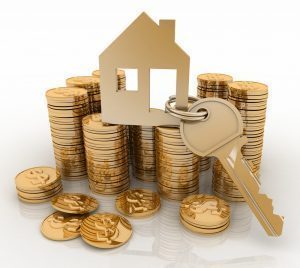 USDA single-family loan programs provided much-needed lending options when Americans had few, according to an analysis by the National Association of Home Builders released on Monday. The analysis found that usage of the USDA’s 502 Direct and Guaranteed loans peaked in 2013.
USDA single-family loan programs provided much-needed lending options when Americans had few, according to an analysis by the National Association of Home Builders released on Monday. The analysis found that usage of the USDA’s 502 Direct and Guaranteed loans peaked in 2013.
Loan targeted for low-income rural buyers, Section 502 loans rose as the housing crisis worsened, increasing exponentially between 2006 and 2010. In 2006, Section 502 loans accounted for $1 billion in new construction purchases. By 2010, they accounted for $3.9 billion.
Guaranteed loans grew more than Direct loans, which jumped 483 percent and 88 percent, respectively. The former didn’t see a drop-off in purchases until 2014, while Direct loans began declining in 2011, just after the housing crisis.
The Guaranteed program also performed better in terms of loan amount and appraised home values.
“The appraised value of newly built homes under both programs generally rose between 2006 and 2009,” the NAHB report stated. “However, the trend diverged over the 2009 to 2012 period. The appraised value of homes under the Direct program fell while the median appraised value of newly built homes under the Guaranteed loan program remained about constant.”
The appraised values of homes purchased with both Direct and Guaranteed loans have risen since 2012. Guaranteed homes reached a peak median value of $180,000, while Direct homes reached $160,000. Direct loans started out 2006 with a large gap between loan amount and appraised value, but the gap closed over time.
“In 2006, the median inflation adjusted loan amount of newly built homes under the Direct program was approximately $120,000, 80 percent of the inflation adjusted appraised value,” the report stated. “Over time, the gap between the two began to close, but the loan amount never exceeded the appraised value. By 2016, median loan amount of $160,000 was 97 percent of the appraised value.”
On Guaranteed loans, loan amount actually exceeded appraised amount by 2011.
“Under the Guaranteed program,” the report stated, “the change in the gap between the median loan amount and median appraised value did not close as dramatically, but the relative levels flipped. In 2006, the median inflation adjusted loan amount on newly built homes under the Guaranteed program was less than the median inflation adjusted appraisal value.”
Loan-to-value ratio on homes purchased with 502 loans also rose over time. On Direct loans, LTV ratio reached 97 percent, while Guaranteed loans reached 102 percent by 2011.
According to the report: “Both 502 programs tend to have higher LTVs than conforming loans purchased by Freddie Mac.”
Read the full data set and graphics at EyeonHousing.org.

 theMReport.com Your trusted source for mortgage banking news
theMReport.com Your trusted source for mortgage banking news








